New Delhi: Indian Railways is diversifying its energy sources as part of its plan to achieve net zero carbon emissions by 2030. The transporter will integrate nuclear, solar, hydropower, and wind energy into its power supply to meet its 10-gigawatt (GW) traction requirement for train operations, officials said.
Power Mix for 2030
By 2030, Indian Railways plans to source:
3 GW from renewable energy, including solar and hydropower
3 GW from nuclear and thermal power
4 GW from power distribution companies (DISCOMs)
Electrification and Emission Reduction
Indian Railways is moving toward full electrification of its broad gauge network by the end of this financial year. By 2025-26, nearly 95% of trains will operate on electricity, significantly reducing carbon emissions. Currently, about 90% of trains run on electricity, compared to 63% in 2020.
Officials estimate that by 2025-26, direct carbon emissions from railway operations will reduce to 1.37 million tonnes per year and remain constant until 2030. Afforestation initiatives will be taken to offset these emissions.
Impact on Diesel Consumption
With the shift to electric traction, Indian Railways’ spending on diesel is expected to drop to Rs 9,528.53 crore in 2025-26, the lowest in over a decade. Diesel-powered trains now make up only 10% of railway operations, down from 37% three years ago.
Sustainability Initiatives
To further reduce its carbon footprint, Indian Railways is implementing energy-efficient practices at production units and upgrading railway stations to green standards. Officials said that 500 megawatts of round-the-clock renewable energy are also being planned to support railway power needs.
The transition to a cleaner energy mix aligns with India’s broader sustainability goals and efforts to cut reliance on fossil fuels in key infrastructure sectors.
Also Read –


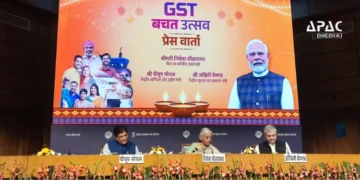

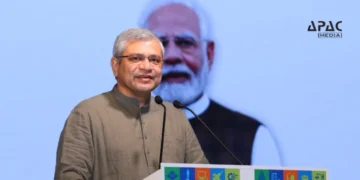














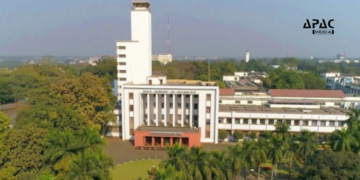

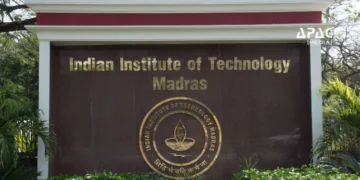

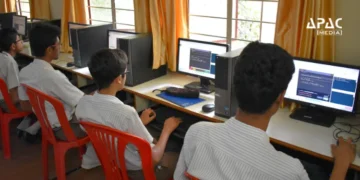

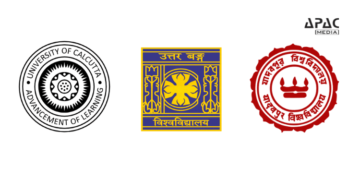

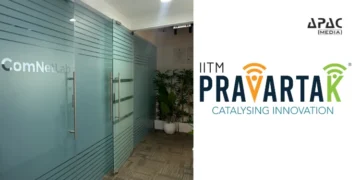

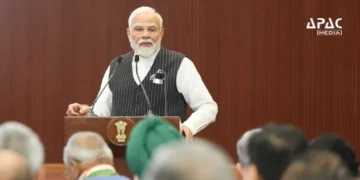

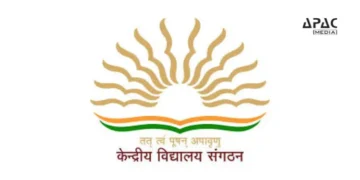
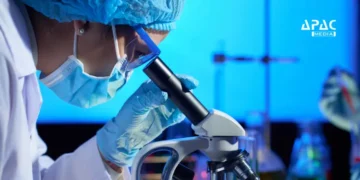
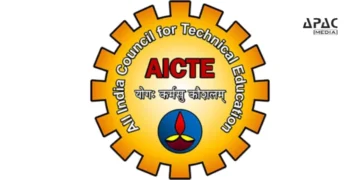

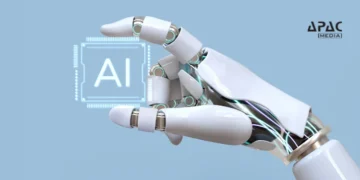
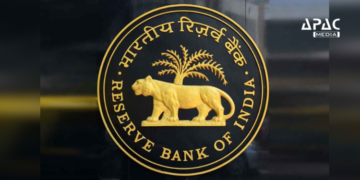





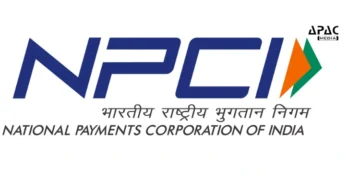
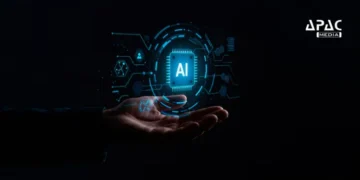
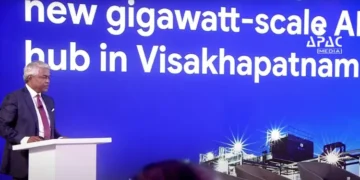
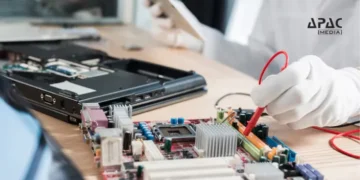


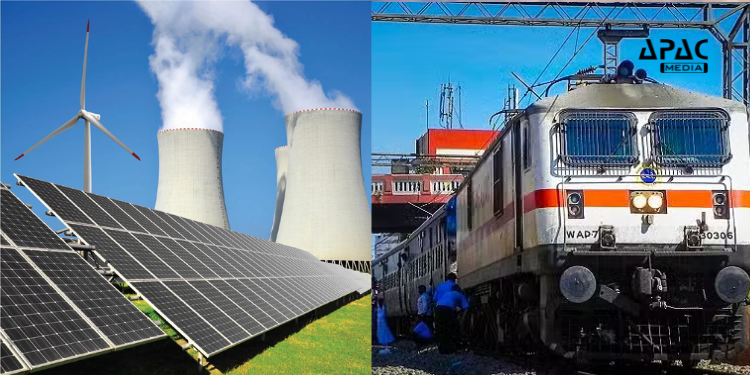

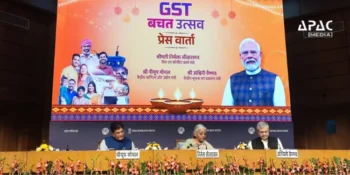



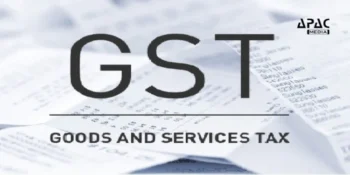







Discussion about this post